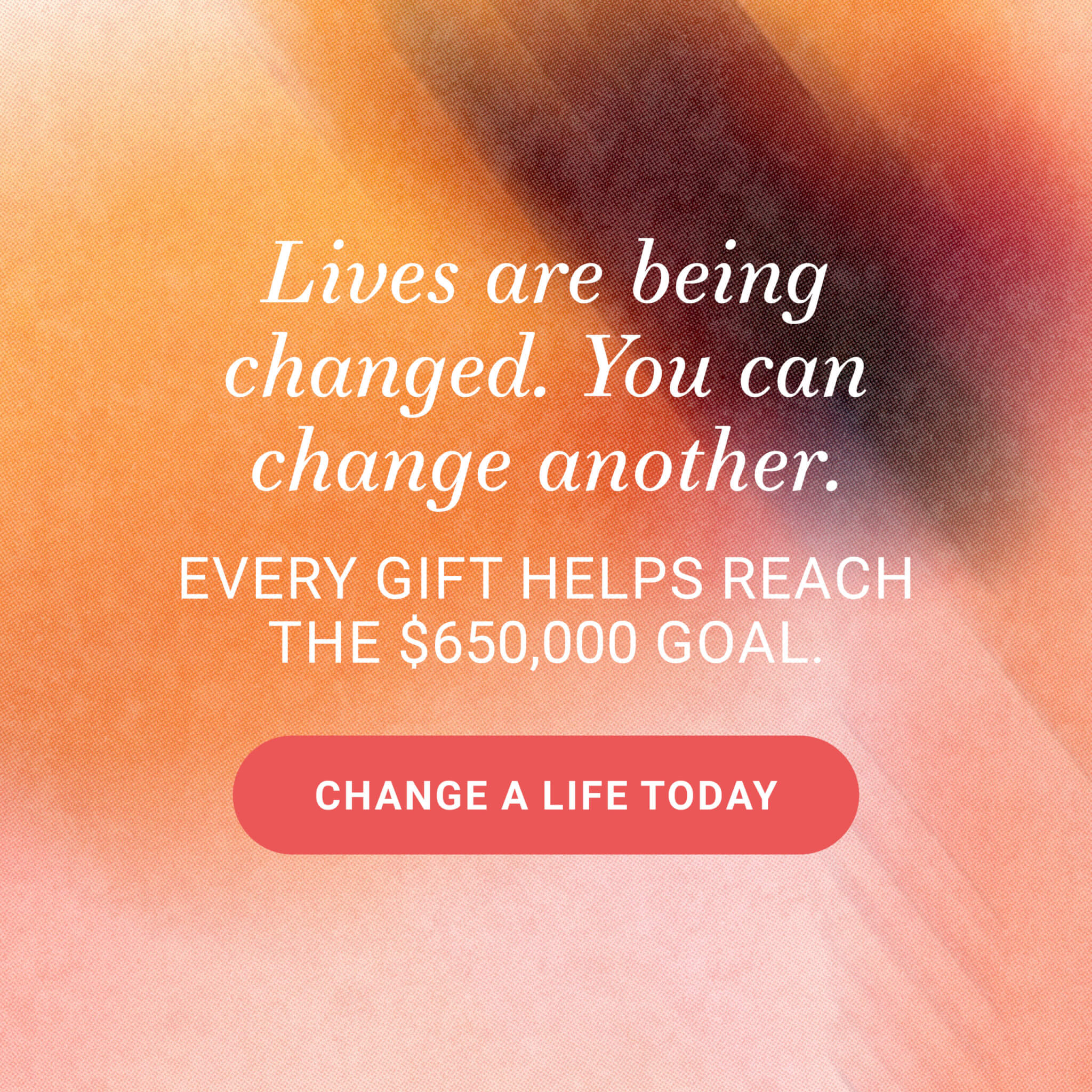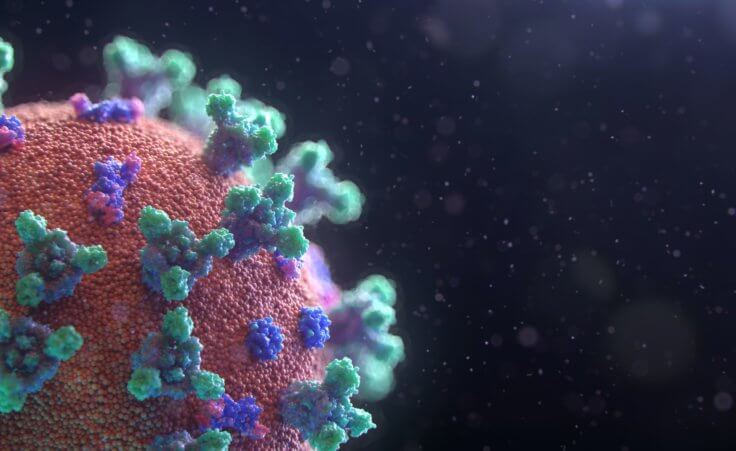
We already had two popes—Francis I and Benedict XVI. Now, in time for Valentine’s Day, there’s a third: a life-size chocolate sculpture of Francis. An Italian chocolate artist and 20 of his students worked 30 days to transform a 1.5 ton block of dark chocolate into the statue.
While no one wants to eat the “chocolate Pope,” $1.6 billion will be spent on other candy for today’s holiday. We will spend $18.6 billion to celebrate Valentine’s Day, an amount that is equivalent to the entire Georgia state budget for 2012. Around $1.9 billion of that amount will be spent on flowers, mostly roses—224 million of them are grown for the day. Another $4.4 billion will be spent on diamonds, gold and silver. And six million people are planning or expecting a marriage proposal today.
How did chocolate become identified with Valentine’s Day? In 1861, a British merchant named Richard Cadbury created the first ever heart-shaped box of chocolates for the holiday. This year more than 36 million such boxes will be sold for Valentine’s Day. Richard and his brother George inherited the chocolate company from their father John, who founded it in 1824. Lifelong Quakers, their family sold tea, coffee, cocoa and chocolate as alternatives to alcohol, which they blamed for much of the poverty and deprivation among working people of their day.
The Cadbury brothers turned their father’s shop into a major manufacturing enterprise that eventually provided jobs for 2,600 people. They gave employees a half day holiday each Saturday (a very progressive idea for the time). They encouraged young employees to attend night school and allowed them to leave work early twice a week for classes. They provided sports facilities and summer camps and built a hospital for their employees.
The brothers purchased 120 acres on which they built housing for their workers, including 16 homes for senior employees. Democratically elected employee councils helped manage the company and meet the needs of workers. Morning prayers and daily Bible readings were conducted for the entire workforce. George bought a newspaper in 1901 which he used to campaign for old age pensions and against sweatshop labor. To this day, the company has kept alcohol from being sold in its district. And the Quaker study center which George and Richard Cadbury established remains the only such center in Europe today.
When we do what we can do, God does what we cannot. Noah built an ark, then God closed the door and sent the flood. Moses held his rod over the Red Sea and God parted the water. Peter preached at Pentecost and the Spirit led 3,000 people to Christ. Imagine the impact on your community if every business leader adopted the Cadbury model, using his or her influence and resources to improve the lives of employees and customers for the glory of God. What if every Christian were as committed to serving Jesus on Monday as on Sunday?
Isaiah prayed, “Here I am! Send me” (Isaiah 6:8). Would you take the same risk today?












